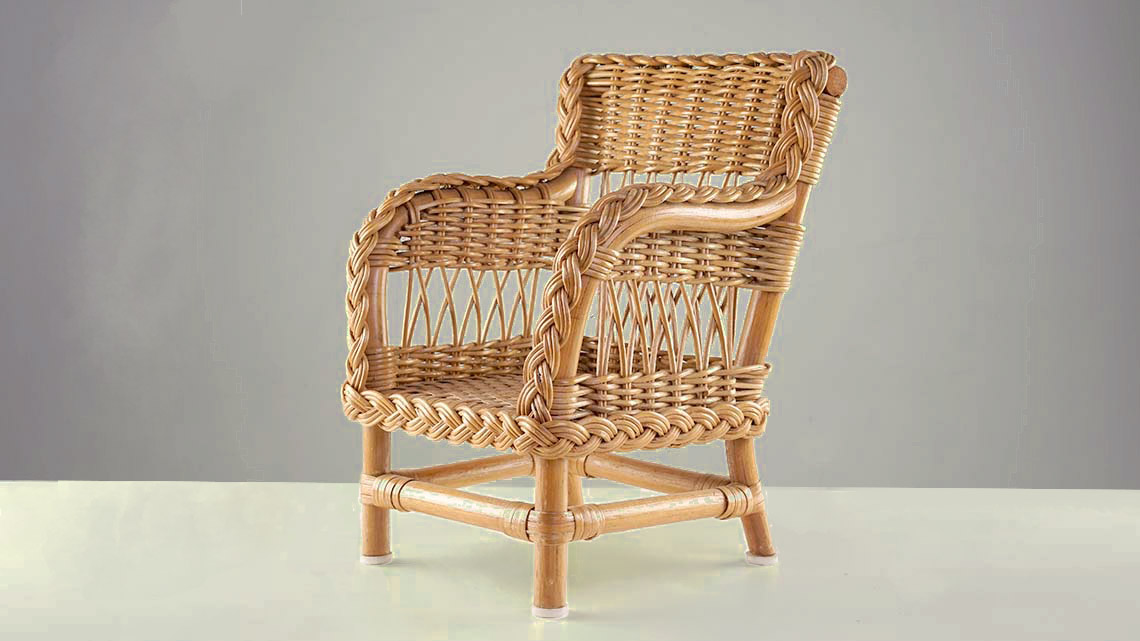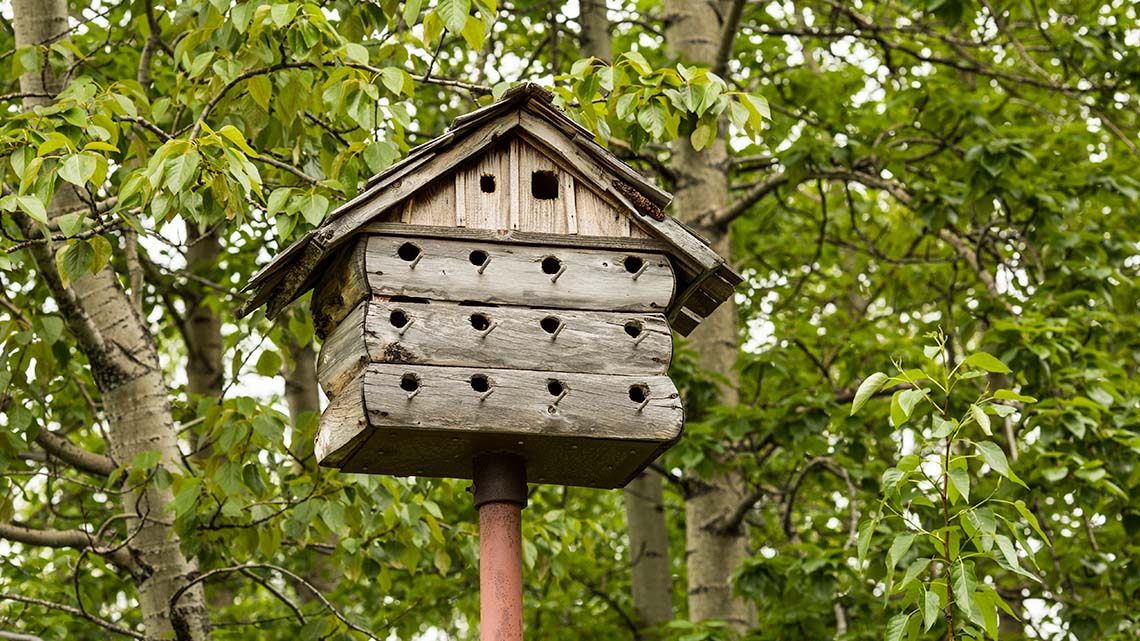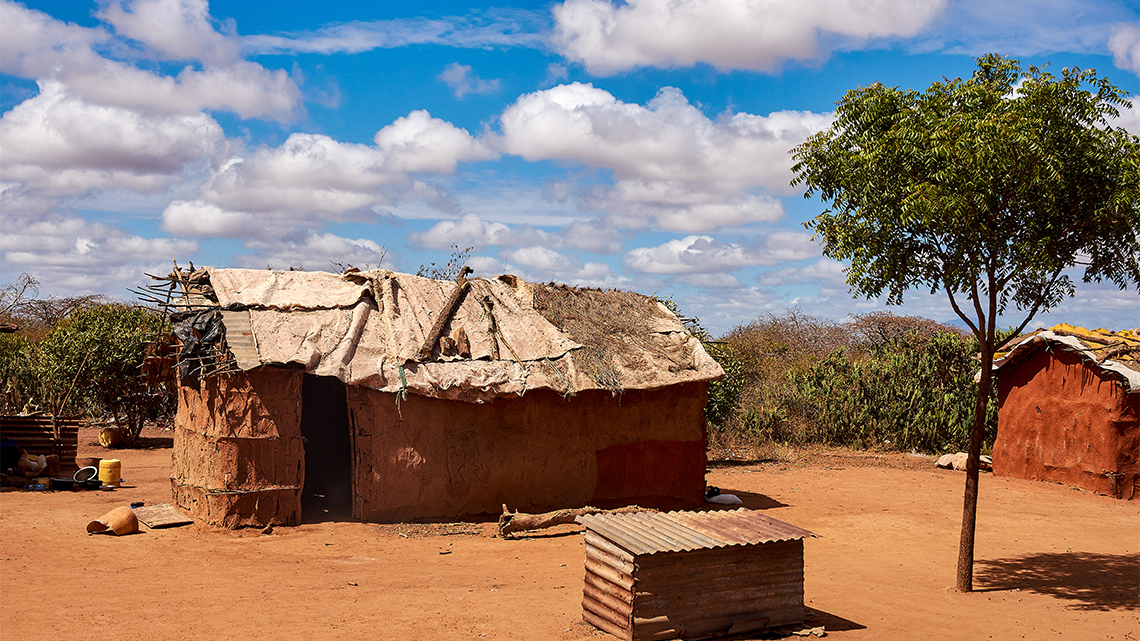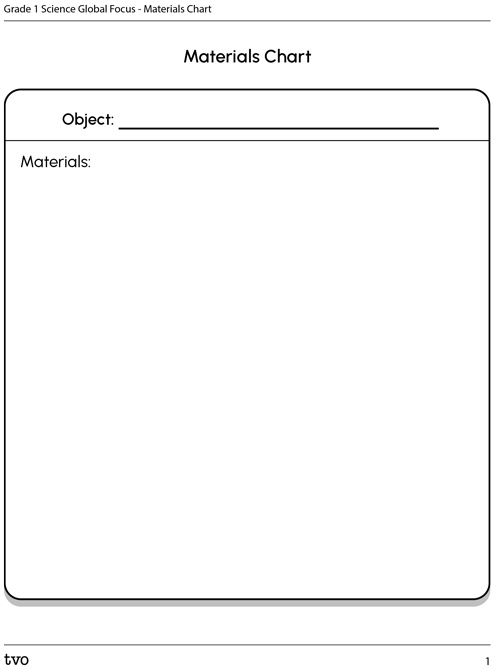Minds On
Everyday objects
Explore these pictures of everyday objects. What do you notice and wonder about the materials that are used to make these?
Record your ideas on the computer, on paper, or in a recording.
Action
Learning from nature
Part of living in a healthy environment means protection from all types of weather. People and animals have shelters to help protect them.
Shelter is a basic need and helps living things grow and be healthy.
Connecting to the world

The United Nations (UN) is a group of many countries from around the world that have come together to create a better future for people and the environment. They have created 17 goals called the Sustainable Development Goals.
This learning activity is connected to Goal #3 which is called Good Health and Well-being. This means everyone should have what they need to live a healthy life.
People have learned to build shelters by observing and learning from nature. From this, they have learned which materials are best to use and how to carefully and respectfully use these materials in a way that does not harm the environment. We have also learned about how different communities around the world have built their shelters to match where they live.
Indigenous peoples throughout the world have known how to use natural materials from their local environments to build shelters. The ways in which we build shelters now have come from traditional Indigenous knowledge.
Press ‘Definition’ to learn the meaning of the word Indigenous.
Indigenous is a word we use that means the first peoples who lived in Canada before anyone else. The word Indigenous includes communities including First Nations, Inuit, and Métis peoples in Canada.
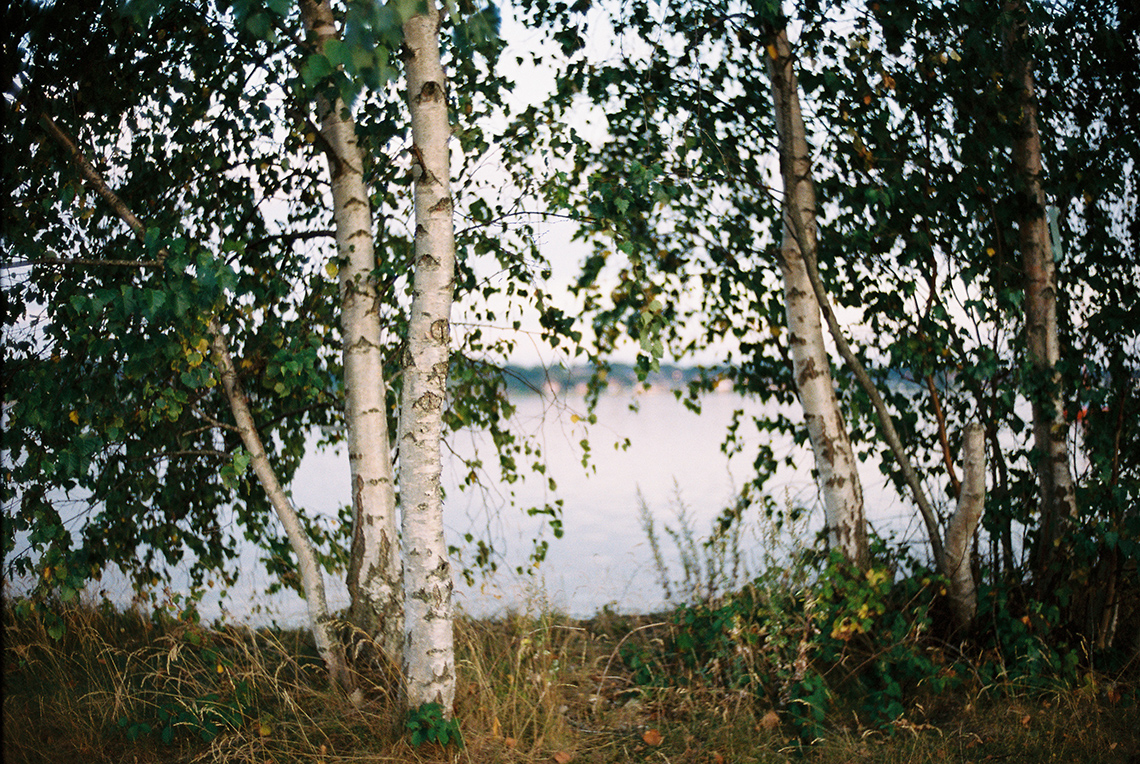
Did You Know?
Did you know?
- Did you know that wood that can be gathered from trees is used around the world to build shelters?
- Did you know that cedar is a wood that is waterproof?
Explore these homes. They have used materials from nature. What materials are being used?
When we choose materials from the land where we live, those materials can be returned to the land when we are finished using them.
Respecting nature’s gifts
Indigenous peoples in Canada have, and continue to, build shelters that meet the needs of their community and their environment.
Many materials, shapes, and textures that we use today have been borrowed from nature.
It is important to remember that the materials we use are also gifts from nature.
Explore this Raven’s Quest video where Kajsa from Haida Gwaii explains how to make traditional items from cedar tree bark in a way that respects the tree and its gifts.
What did Kajsa make from the cedar bark?
Check off all the objects that Kajsa shared:
Press ‘Answer’ to learn what Kajsa shared.
Kajsa shared all of these objects-a basket, a hat, dolls, and roses.
Joe also makes an everyday item from materials in nature.
Explore this Wolf Joe video to see what item Joe and his friends make from materials in nature.
Joe and his friends have used a gift from nature to create mats that keep them dry when sitting down outdoors, just like many people do around the world.
Think about it!
What have these cattail mats been used for?
Can you think of anything they could be used for?
Record your ideas on the computer, on paper, or in a recording.
Materials for everyday objects
Everyday objects can be made from materials in nature. They can also be made from materials that people make.
Let’s explore some everyday objects from these labelled pictures. What materials are they made from?

A tire labelled rubber, a can labelled metal, a water glass labelled glass, a t-shirt labelled fabric, a scarf labelled wool, and a button labelled plastic.
Use this image to help you sort these objects and the materials they are made of.
More than one material
Did you know that sometimes objects are made from more than one material?
Explore these two pictures of benches.

This bench is made only of wood.
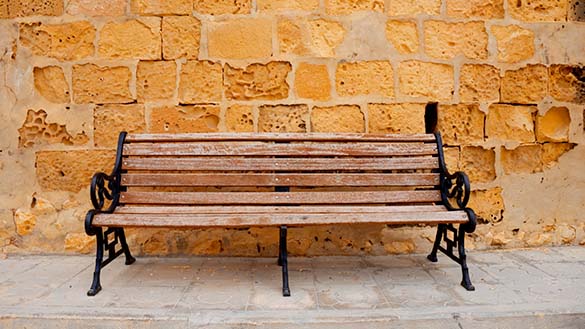
This bench is made of wood and metal.
What is the difference between the two benches?
Now examine the following objects that are made from more than one material.

Decide whether each object is made from one material or two materials.
Consolidation
Searching for objects
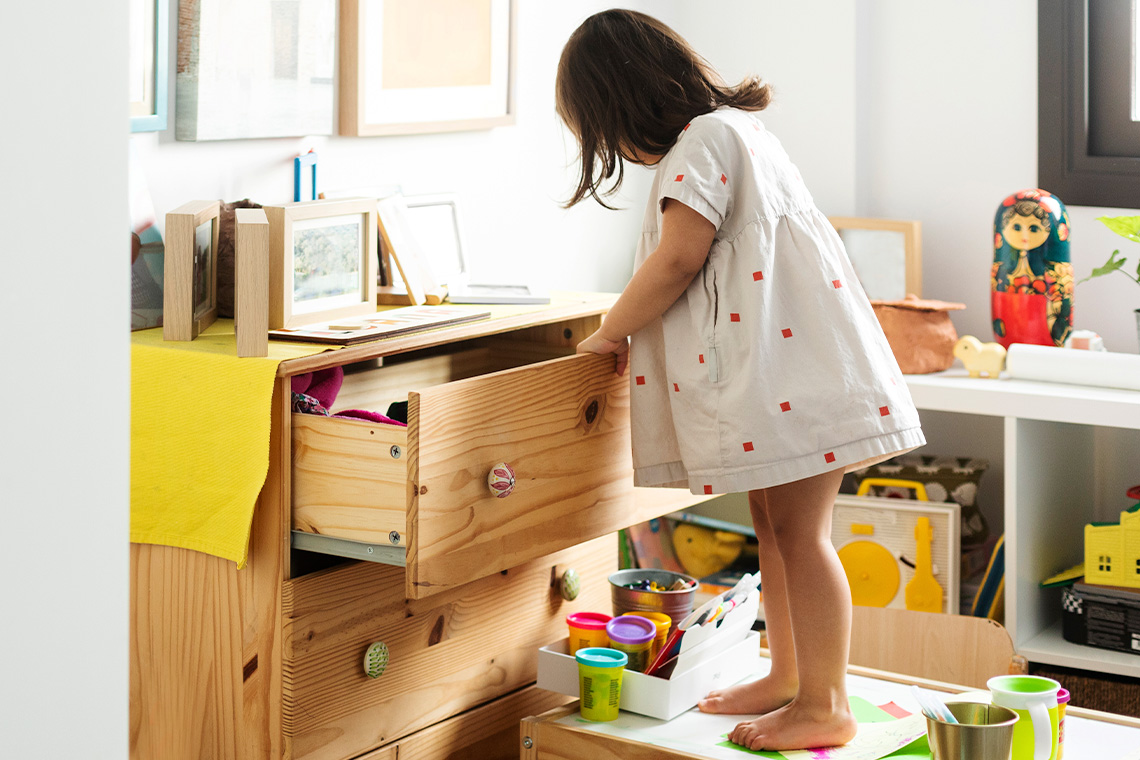
Take a moment to search a room in your home or classroom. Can you find four objects that you can name the material or materials that the objects are made from?
Press ‘Hint’ to access a hint about the materials.
Is it made of:
- wood
- rubber
- metal
- plastic
- glass
- fabric
Or more than one of these things?
Draw a picture of these objects and list the materials.
Complete the Materials Chart in your notebook or using the following fillable and printable document. If you would like, you can use speech-to-text or audio recording tools to record your thoughts.
Think about it!
Answer these questions on the computer, on paper, or in a recording.
What lessons did we learn from Indigenous communities about how to respect nature and its gifts?
Did your objects that you chose come from materials from nature?
Reflection
How do you feel about what you have learned in this activity? Which of the next four sentences best matches how you are feeling about your learning? Press the button that is beside this sentence.
I feel…
Now, record your ideas about your feelings using a voice recorder, speech-to-text, or writing tool.
